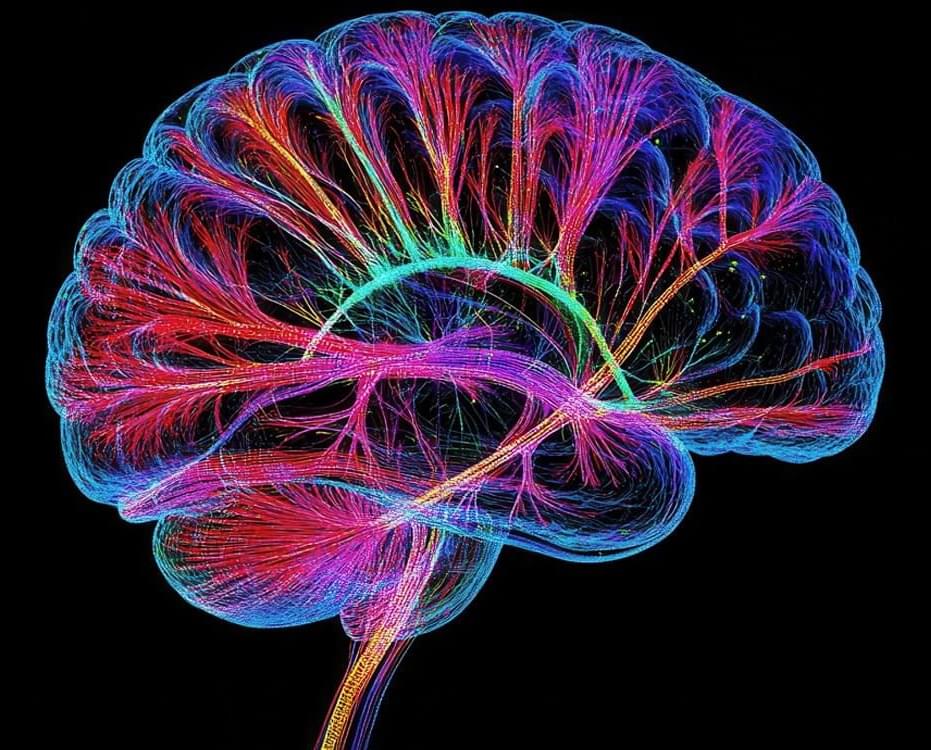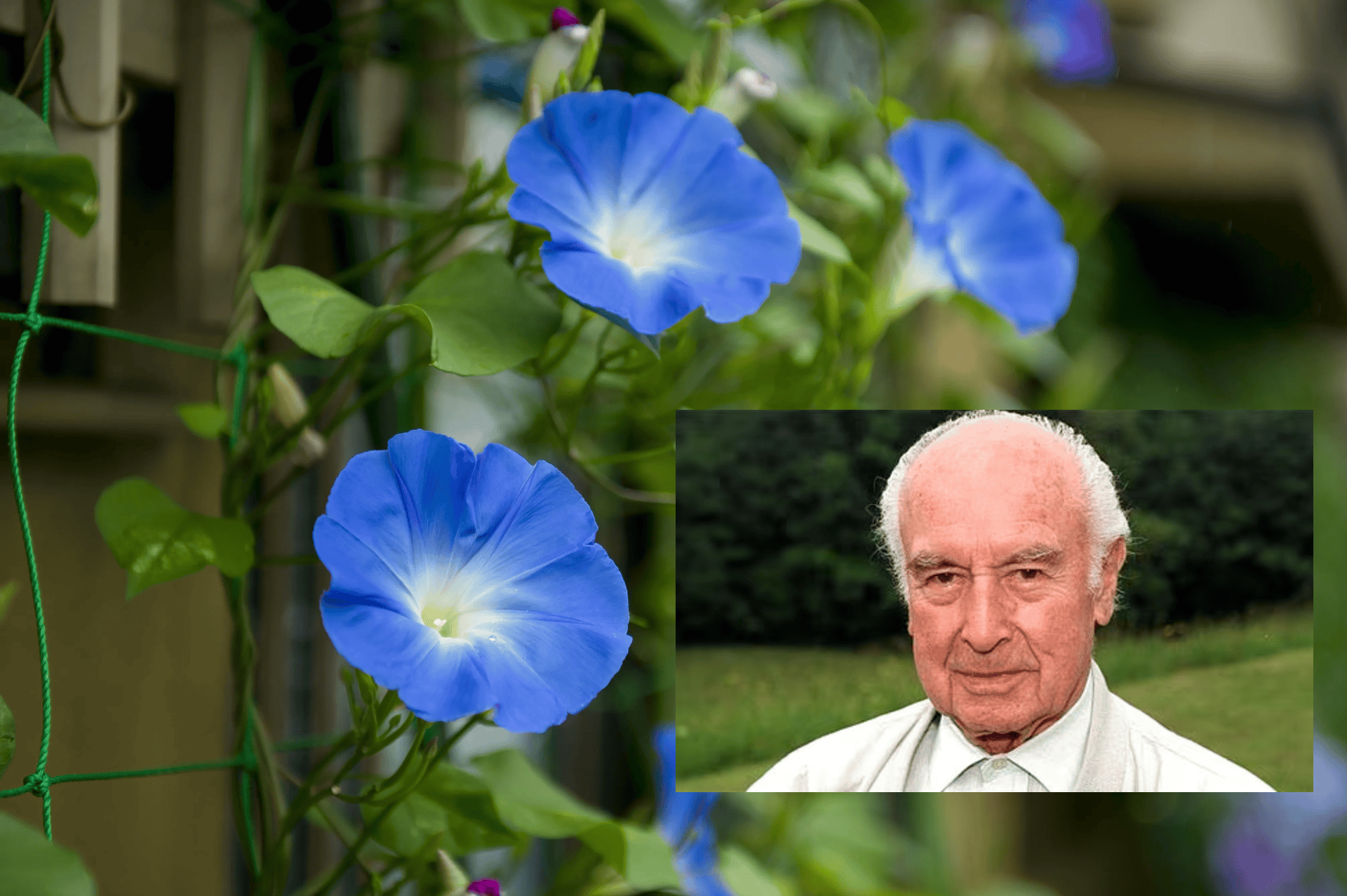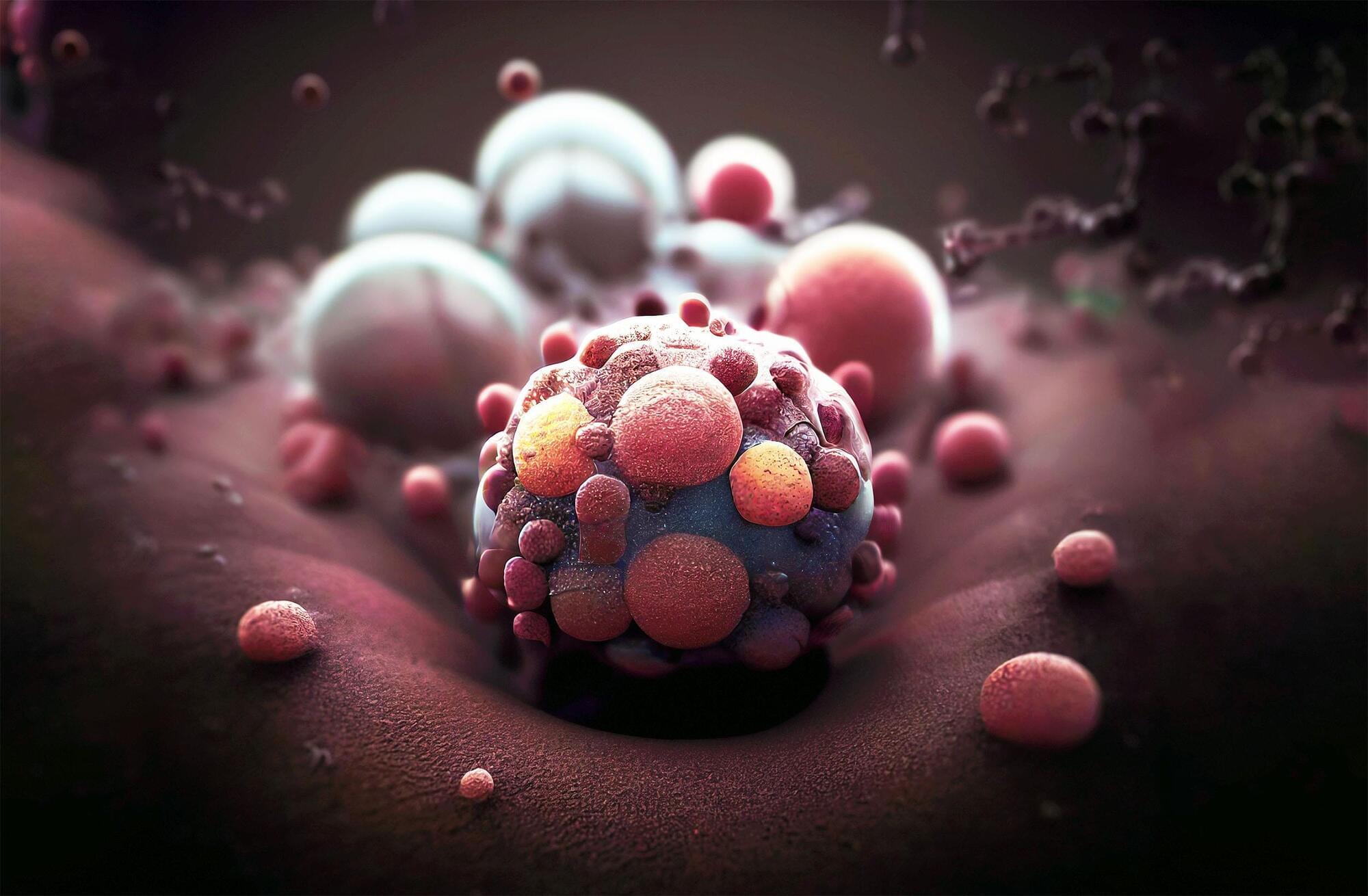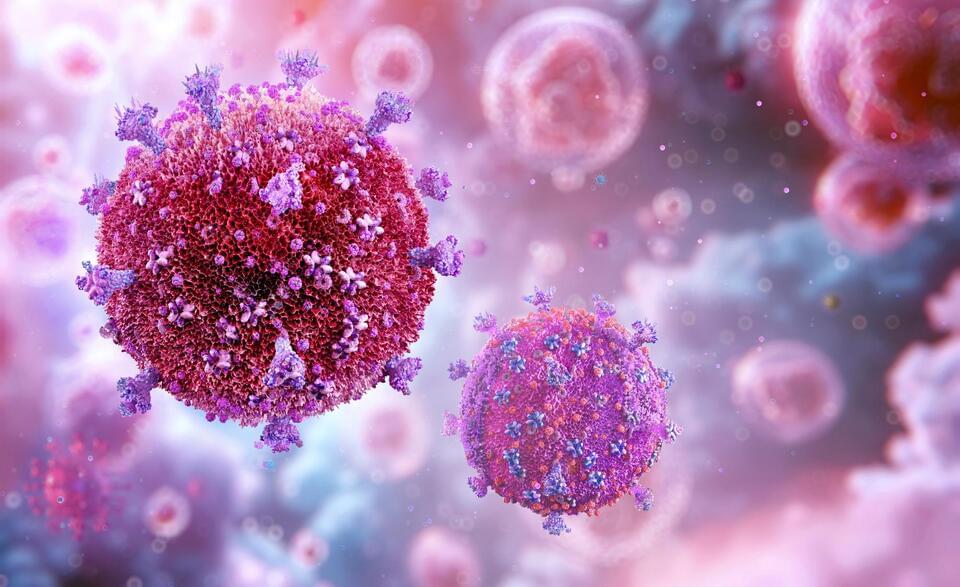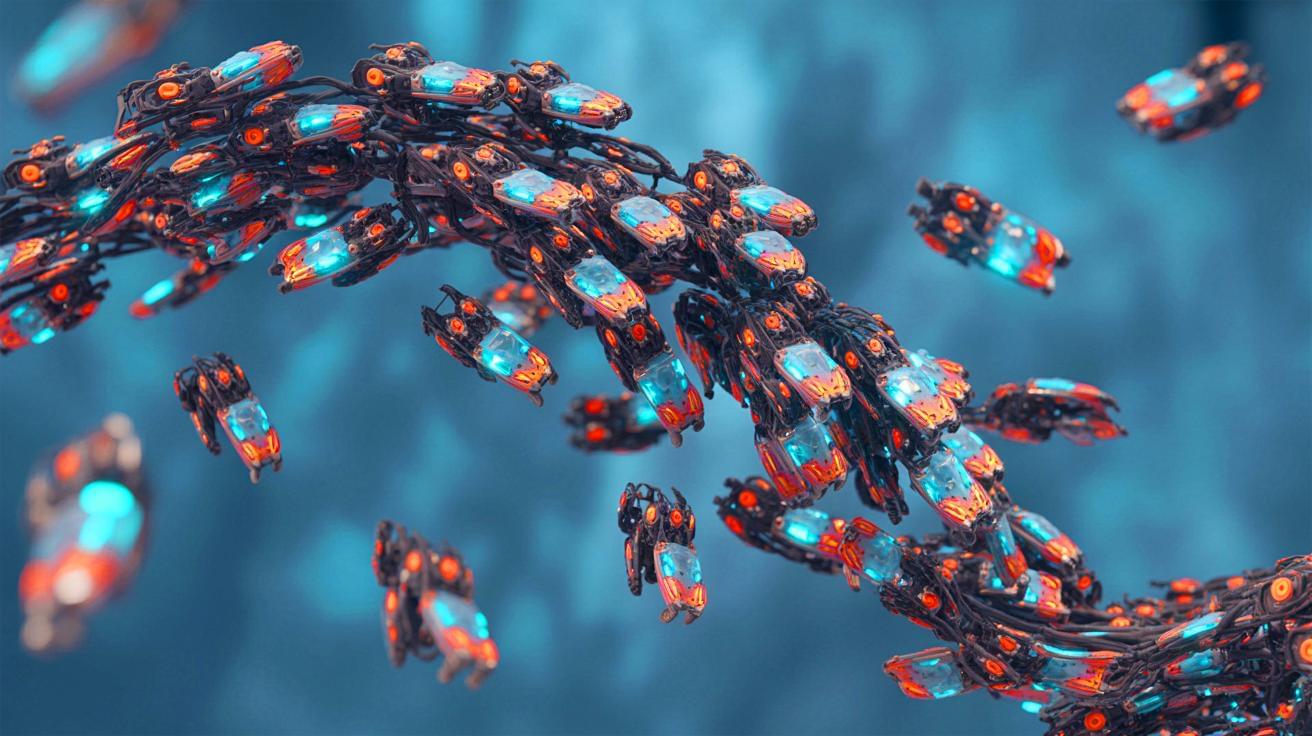A new study published in Molecular Psychiatry suggests that the thyroid hormone system in the brain may be a powerful driver of how fear memories are formed. Thyroid hormone signaling in the amygdala—the part of the brain involved in processing emotions—was not only activated by fear learning, but also necessary for storing fear memories. Boosting thyroid hormone activity strengthened fear memories, while blocking it impaired them. These results may help uncover new treatment pathways for trauma-related disorders such as post-traumatic stress disorder (PTSD).
The amygdala is known to be essential for learning to associate danger with a particular stimulus—such as a tone paired with a shock in laboratory settings. This process, known as Pavlovian fear conditioning, has long been used in animal research to study the brain’s response to threat. Meanwhile, the thyroid hormone system has traditionally been associated with metabolism and early brain development. But it is increasingly being linked to mood, anxiety, and memory. Still, researchers have had limited understanding of how thyroid hormones influence the adult brain’s ability to store emotionally significant memories—especially in brain regions like the amygdala.
Thyroid hormones such as triiodothyronine (T3) interact with specific receptors in the brain called thyroid hormone receptors (TRs). These receptors act as transcriptional regulators: when they bind to T3, they turn on genes that help regulate brain plasticity—the brain’s ability to adapt based on experience. In their unbound state, these receptors suppress gene activity. This dual function makes them a promising target for exploring how hormones can shape emotional learning at the molecular level.
